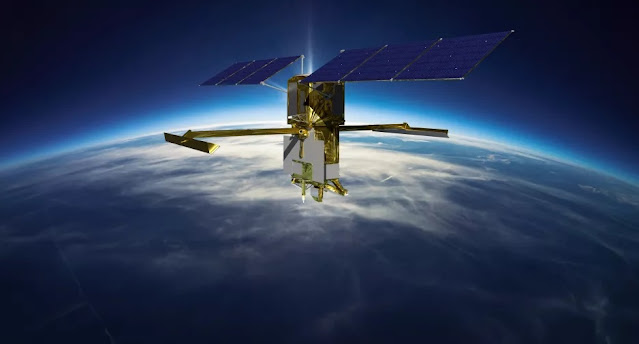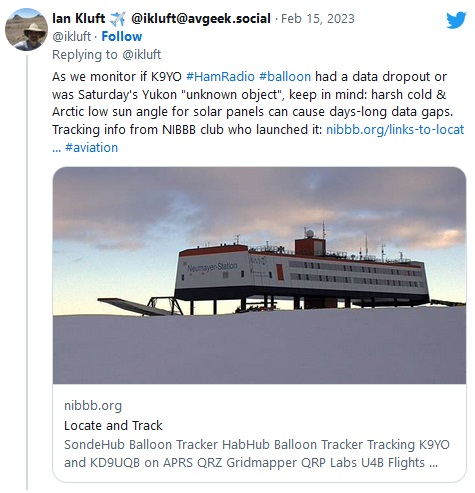Emphasis on SpaceX.
Yesterday's launch of the Mini-V2 satellites from Cape Canaveral SFS ended up
being interesting in a way I hadn't known beforehand. As a species we
seem to like to notice/pay attention to Big Round Numbers.
When booster B1076 landed on A Shortfall of Gravitas, it was their 100th
consecutive landing of a booster. That turns out to be not just a Big Round Number, as this Twitter
user noted, they have recovered in consecutive flights as many boosters as the
justifiably famous Delta II rockets ever flew.
Launch-wise, Falcon 9 and the Falcon family have already become the most statistically reliable rockets in history. Very few rockets in history have managed 100 consecutively successful launches, let alone landings. For example, according to spaceflight reporter Alejandro Romera, the next most reliable American rocket – the McDonnell Douglas Delta II – narrowly achieved 100 consecutively successful launches before its retirement in 2018. The landing reliability of SpaceX’s Falcon rockets is thus tied with the launch reliability of the most reliable American rocket not built by SpaceX.
That's just landings. The flagship of United Launch Alliance is arguably the Atlas V - now retired and serving out its last 19 missions. To date, the Atlas V has had 97 successful launches, meaning successful SpaceX landings are more common than Atlas V flights.
If you watched the SpaceX feed during the launch or the YouTube video, you may have noticed that among the very last things the announcer said was that this was their 174th landing of an orbital class booster. Since it was the 100th consecutive, clearly they lost some between their first landing and the string of 100. The string of 100 began almost two years ago to the day on March 4th 2021; the landing before that one (three weeks before in early February) was lost due to a previously unknown failure mode. There was a hole in a flexible ‘skirt’ meant to keep the superheated gases out of the flight-proven booster’s engine section.
The amount of information that SpaceX engineers have gathered about how to recover boosters, and the amount they've improved over the years is a solid case that they are so far ahead of the competition that it will take five or more years for another company to catch up.
And just because it's pretty:
Sunset launch last night. SpaceX photo.
Not related to any of the above. As of Tuesday night at nearly 9PM, the next launch of the three talked about Sunday, the Starlink Group 2-7 from Vandenberg SFB looks to be Wednesday, March 1 at 11:06 AM PST, or 2:06 PM here on EST.
The first launch in Monday's post will be the last launch of the three. The Crew 6 mission will be Wednesday night/Thursday morning at 12:34 AM EST. That makes the date and time run together as 3/2 1234. Coincidence?
























